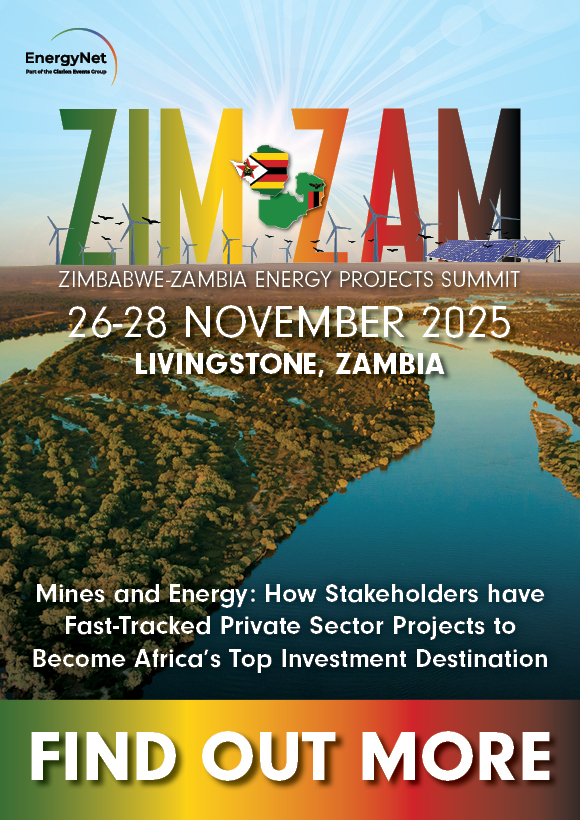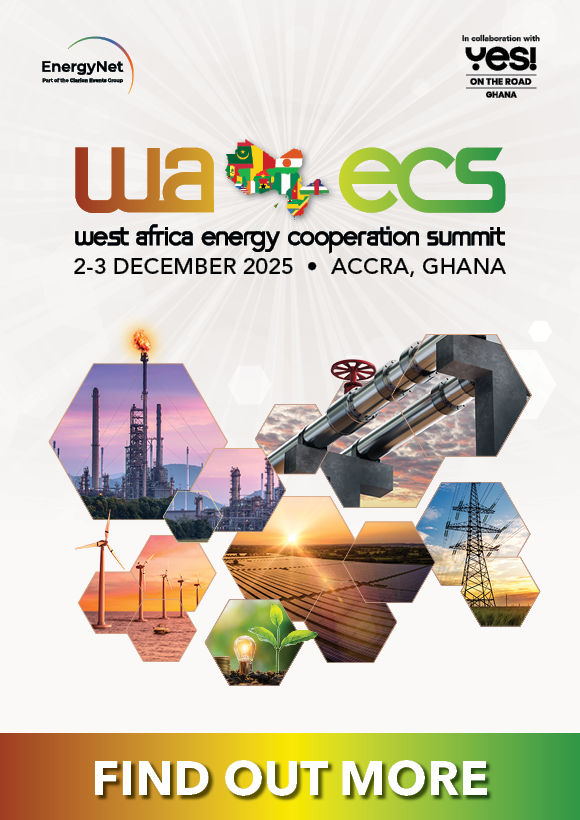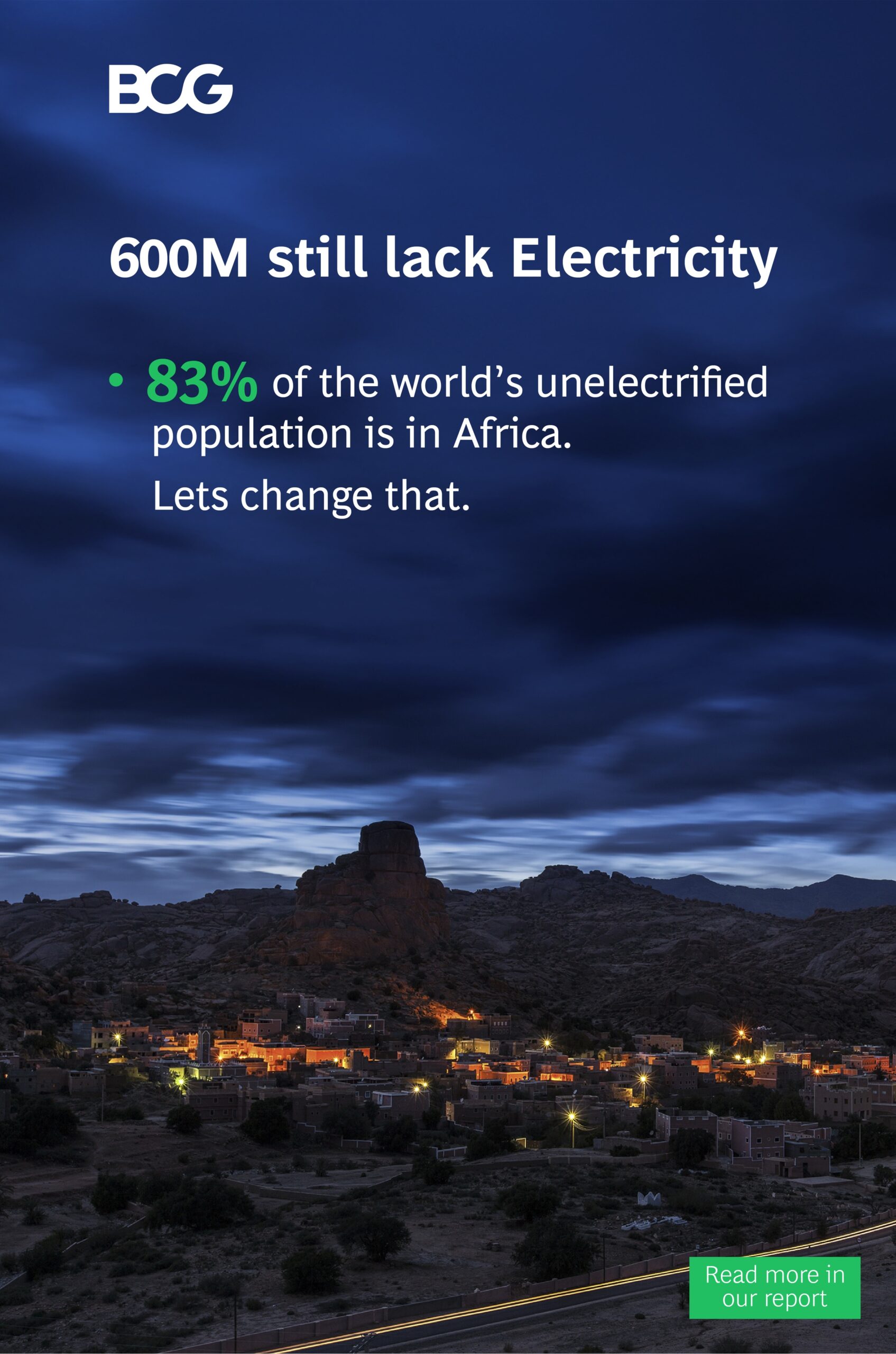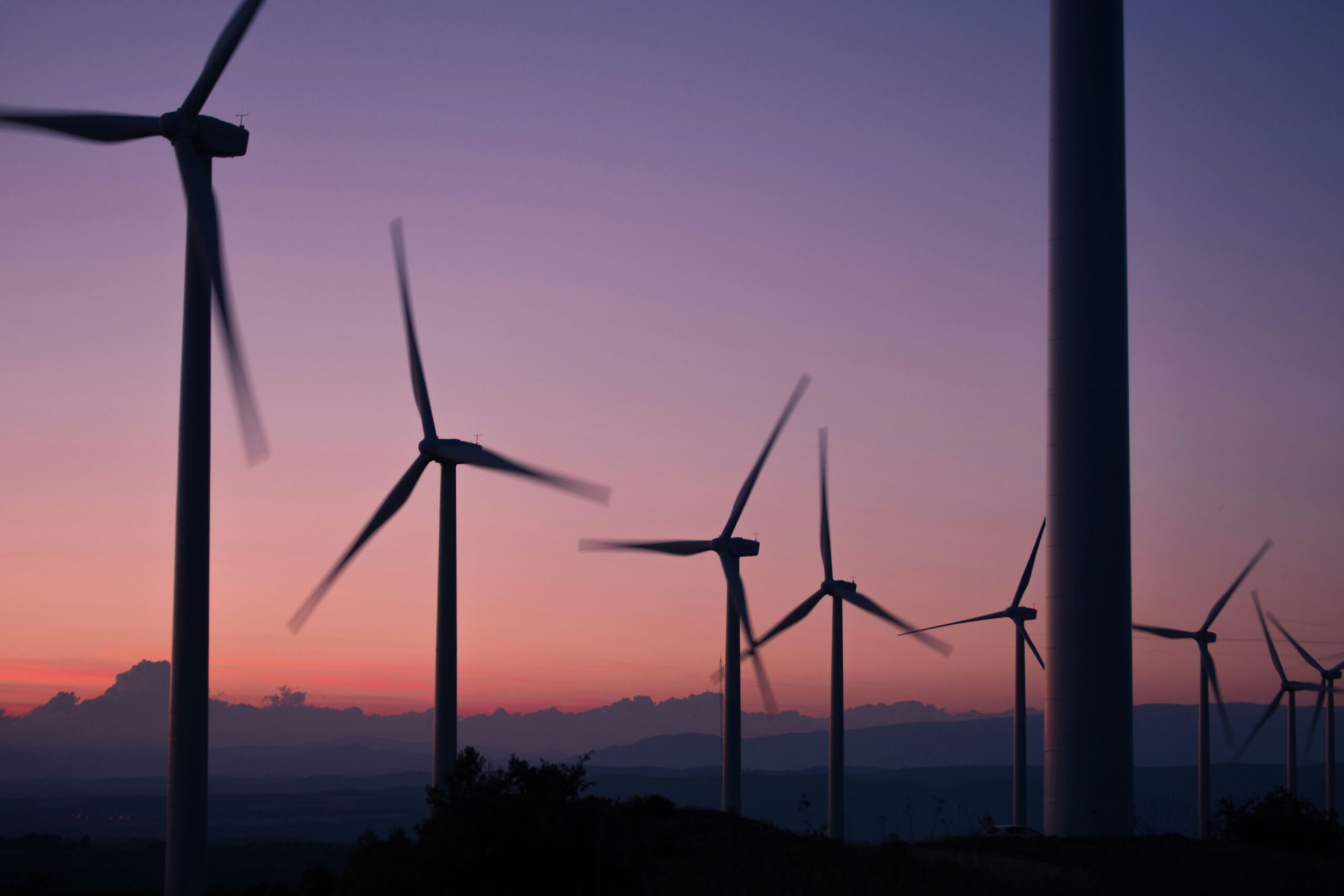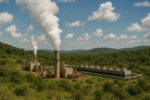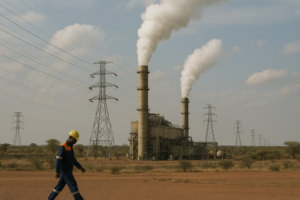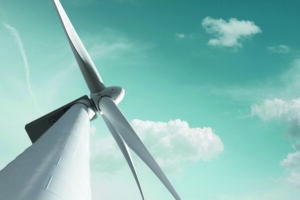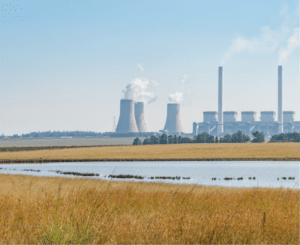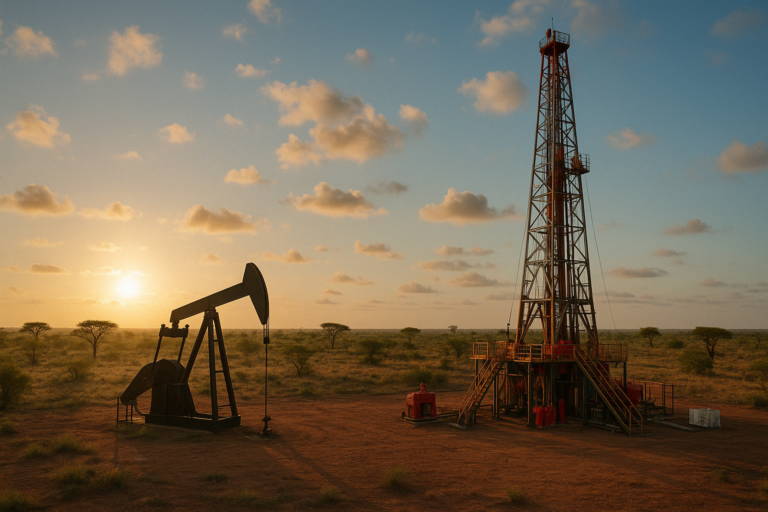
To boldly go
Frontier exploration is still shaping investment in Africa’s upstream, as oil companies unleash capex budgets on exciting new prospects such as Namibia, reports James Gavin
The overarching narrative for Africa’s oil and gas sector in recent years has been retreat and retrenchment. As international oil companies slim down their portfolios, they have generally sought to divest assets across Africa.
The biggest guns in oil’s firmament — BP, Exxon, Shell and many others — have not generally been in the business of seeking out new opportunities, but rather in downsizing. For example, Shell is pursuing divestments averaging $4bn annually as it pursues net zero targets. That means selling assets such as its 30% interest in the SPDC joint venture onshore Nigeria.
In the case of the Eni-BP Azule Energy joint venture, this has seen them doubling up to secure economies of scale in one of Africa’s largest producers, Angola.
This trend has coincided with Africa’s share of global oil output declining from 12.3% in 20010, down to just 8.1% in 2021, according to BP Statistical Review of World Energy figures.
But talk to any interional oil executive about the most exciting exploration prospects worldwide and many will identify one new hydrocarbons province above all others: Namibia. In this new oil and gas province, TotalEnergies and Shell are pushing forward with ambitious drilling campaigns in the offshore Orange Basin, where resources are measured in the muilple billions of barrels,
In the words of Africa Oil CEO Keith Hill, whose company is partnered with TotalEnergies, the Orange Basin is “probably the most sought-after new petroleum region globally”.
Meanwhile, the indications are that the flow rates on Shell’s Graff field offshore Namibia have been very impressive and have more than matched expectations pointing towards very advantaged resources.
And as the consultancy Westwood Energy notes, TotalEnergies’ Venus discovery and opening of the Orange Basin coincides with a short-term revival in frontier exploration. It said frontier exploration commercial success rates were at record highs in 2022 reaching 25%.
Shell started 2023 with a third light oil discovery on PEL 39 at the Jonker-1X well, following on from drilling of Graff-1 and La Rona-1 last year, which led other operators to farm into neighbouring blocks, including Chevron and Woodside Energy.
Among the most acquisitive oil companies has been state-owned Gulf oil company QatarEnergy (QE), which is expanding its overseas footprint with ambitious M&A forays in the past year. According to Wood Mackenzie, QE has accrued 2.5bn of barrels in Namibia on account of its non-operating partnerships with Shell and TotalEnergies across four blocks, providing further vindication of its strategy to partner with the majors in high impact frontier exploration acreage.
“There is certainly increased interest in the Orange basin area in Namibia, however, this is linked to incredibly large forecast STOIIP (stock tank oil initially in place) which is a key driver for the interest,” said George Maxwell, CEO of US-headquartered Vaalco Energy, which has producing assets in Africa. “The impact of this on other established resource holders will have a knock-on effect but from our perspective near term production opportunities that can then self fund exploration prospects remain the key opportunities, both for the host countries, with near term fiscal returns and for investors.”
Such frontier acreage opportunities indicate how IOCs retain a strong interest in Africa, even if they are continuing to sell their mature assets – which is in turn providing opportunities for smaller, nimbler independents to come in. That means more majors entering the basin, albeit with higher entry costs.
The potential scale of Namibia’s resource is found in the fact that whereas Guyana, another recent frontier province, saw 15 discoveries before it reached 7bn bbl of reserves, Namibia took just three discoveries to get to that level.
Exploration success is continuing with major deep water oil discoveries offshore Africa. Eni’s Baleine in 2021 was Côte d’Ivoire’s largest ever discovery and is already under development; giant discoveries like these offer the type of low cost, low carbon-intensive barrels that the world needs, notes WoodMac.
One clear theme that has emerged from recent E&P activity in Africa is that oil company capex is no longer dominated by the established giants such as Angola and Nigeria, but that investment will be spread across a variety of plays – among them Senegal, Namibia and even Uganda, where plans envisage the building of a major new export pipeline to Tanzania.
According to S&P Commodity Insights, new licensing in Africa remains focused on the deep offshore, where certain international oil companies and foreign national oil companies (NOCs) can leverage technical and financial advantages. Although political volatility may constrain E&P progress, some governments are improving E&P terms for new licensing efforts.
Timing is off the essence, said S&P. Mindful that the window to capture foreign upstream investment may soon close, host governments have enacted or are considering how to improve their fiscal and contractual terms. In the coming year Angola, Nigeria, and Tanzania may try to bolster possible new acreage offers with more attractive terms.
This is not a foregone conclusion. Although current elevated crude prices are likely to be sustained, attracting IOC capital remains challenging owing to the region’s high aboveground risks and operational challenges.
Following in neighbouring Namibia’s slipstream South Africa is another emergent new hydrocarbons province catching IOC attentions. Africa Oil Corp, operator of Block 3B/4B, is partnering with Eco Atlantic Oil & Gas and Ricocure on reprocessing 3D seismic data and preparing for a two-well drilling campaign this year. And in Zimbabwe, the Australian independent Invictus Energy has identified 13 potential hydrocarbon bearing zones with drilling planned for later this year.
Liberia is another promising prospect. In April. ExxonMobil applied to prequalify for four offshore oil blocks, before negotiating a petroleum sharing agreement for Blocks 15, 16, 22 and 24 in the Liberia Basin. The US supermajor is pursuing a direct negotiation policy that was put in place after the Liberian government withdrew a bid round focused on the Harper basin, in Liberia’s eastern waters.
Interest in Liberia has been triggered in part by Guyana’s exploration success, with a coastline that can be tectonically reconstructed back to fit with the Guyana basin, said TGS, a geophysical data company.
Sierra Leone is another exciting new play where the geology is similar to that of Guyana. London-listed independent oil company Wildcat Petroleum recently completed its own assessment of the potential of Sierra Leone’s offshore blocks.
TGS, which is working on the licensing round, suggests that “studies of the extensive seismic coverage in the area indicate potential multibillion-barrel prospects, presenting an exceptional exploration opportunity”.
That said, there remains a focus on infrastructure-led investments in Africa. Analysts see
infrastructure-led exploration – which is focused on territories where there is existing export facilities, such as export pipelines and production platforms – as enabling companies to tie in and monetise discoveries quickly. This lower risk exploration offers lower costs for development.
“To be able to tie back and utilize key infrastructure such as pipeline and LNG facilities is becoming increasing more attractive in the sector allowing trapped reserves to be utilised or commercialised,” said Maxwell. “Being able to bring production into existing systems provides for faster cycle times and potentially lower capital outlays making smaller fields more economic. Blue water or green field opportunities have a higher risk profile given the discounting of the higher required capex to risked first production.”
But that doesn’t mean that frontier exploration will not figure in E&P plans looking ahead.
Large scale frontier exploration will continue to attract IOC interest, so long as companies want to find the best, most advantaged barrels, to improve their reserves positions.
As Italy’s Eni proved with its multibillion tcf Zohr gas discovery offshore Egypt in the last decade, it is frontier exploration that offers the best prospect of adding to resources. With billion barrel reserves still showing up in previously undeveloped regions such as Namibia, the focus on newer oil and gas provinces will continue to drive companies towards Africa.


